€15.60
A pork rack, also known as a rack of pork or pork rib roast, refers to a cut of pork that includes the ribs and loin attached together. It is a flavorful and versatile cut often used to create impressive and delicious roast dishes.
The pork rack typically consists of a portion of rib bones, which provide a natural rack-like structure, and the loin meat, which is highly prized for being tender, juicy, and well-marbled. It is usually obtained from the center section of the pork loin.
When preparing a pork rack, the rib bones are often frenched, which means the meat and fat are trimmed away from the bones to expose them. This creates an appealing and elegant presentation.
Pork racks can be cooked in various ways, depending on personal preference and the desired end result. They can be roasted in the oven, grilled, or even smoked. Slow-roasting is a popular method as it allows the meat to become tender and juicy while the ribs become crispy and flavorful.
Seasoning options for a pork rack are diverse and can range from simple salt and pepper to more elaborate herb or spice rubs. It can also be marinated to introduce extra flavors and enhance tenderness.
A perfectly cooked pork rack will have a browned and crispy exterior, while the interior meat remains juicy and tender. It is often served as a centerpiece dish for special occasions or as a delightful Sunday roast. Pork racks can be sliced into individual chops or served whole, and they pair well with a range of side dishes such as roasted potatoes, grilled vegetables, salads, or fruit compotes.
Pork rack is a versatile and flavorful cut, and whether prepared for a festive gathering or a simple family meal, it is sure to impress with its delicious taste and presentation.
A day ahead if possible mix together the garlic, smoked paprika and sage. Spread the mixture over the pork and set aside in the fridge overnight.
Heat the oven to Gas Mark 6, 200°C (400°F). Place the pork in a roasting tin and season with a little salt. Put the onions, carrots and celery around the pork. This will add extra flavour and colour to the gravy.
Place the joint in the oven and allow to cook for 50 minutes per kg. After the first 15 minutes reduce the heat to Gas Mark 5, 180°C (350°F). The crackling should be golden and crispy at this stage.
Peel and chop potatoes and a selection of vegetables. Place in a large bowl and drizzle with olive oil and season with salt and pepper. Transfer to a roasting tin, place in the oven and cook for 20-30 minutes until tender.
When the meat is cooked remove from the oven, transfer the meat to a chopping board, cover loosely with tin foil and allow to rest for 20 minutes.
To make the gravy: stir the flour into the juices in the roasting tin. Place over a medium heat and continue stirring with a wooden spoon. Gradually add in the stock or water and redcurrant jelly, stir until it thickens. Taste and season.
Pour through a sieve into a gravy boat. Discard the vegetables that were cooked alongside the roast.
The Irish pigmeat industry has evolved significantly over the past 50 years since Ireland entered the European Union. Irish pig producers are exposed to commodity supercycles where geopolitics and weather events can play a part in significantly higher feed prices. More recently, EU producers have also been exposed to animal disease events that impact on international trade market access which has caused significant oversupply issues.
As the Irish pig industry consolidated over the past 20 years, the Irish pig breeding herd has declined over 19% to 152,000 head in the June 2021 CSO livestock census. However, despite decline in breeding numbers, total Irish pig production (including live exports) reached record levels of just over 4 million head during 2021 reflecting on-farm productivity and genetic improvements. This increase in Irish pig production coincides with record EU pigmeat production during 2021, where output reached around 23.5 million tonnes.


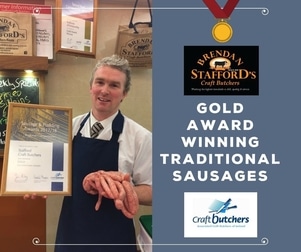





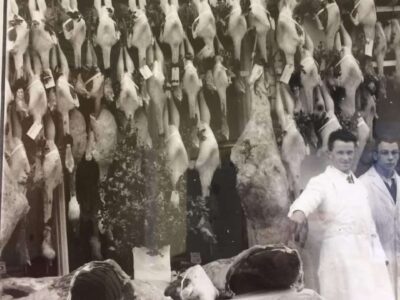
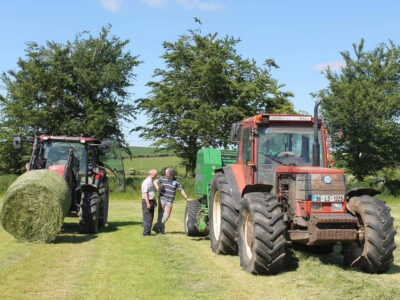
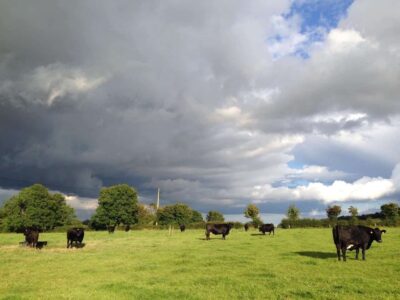
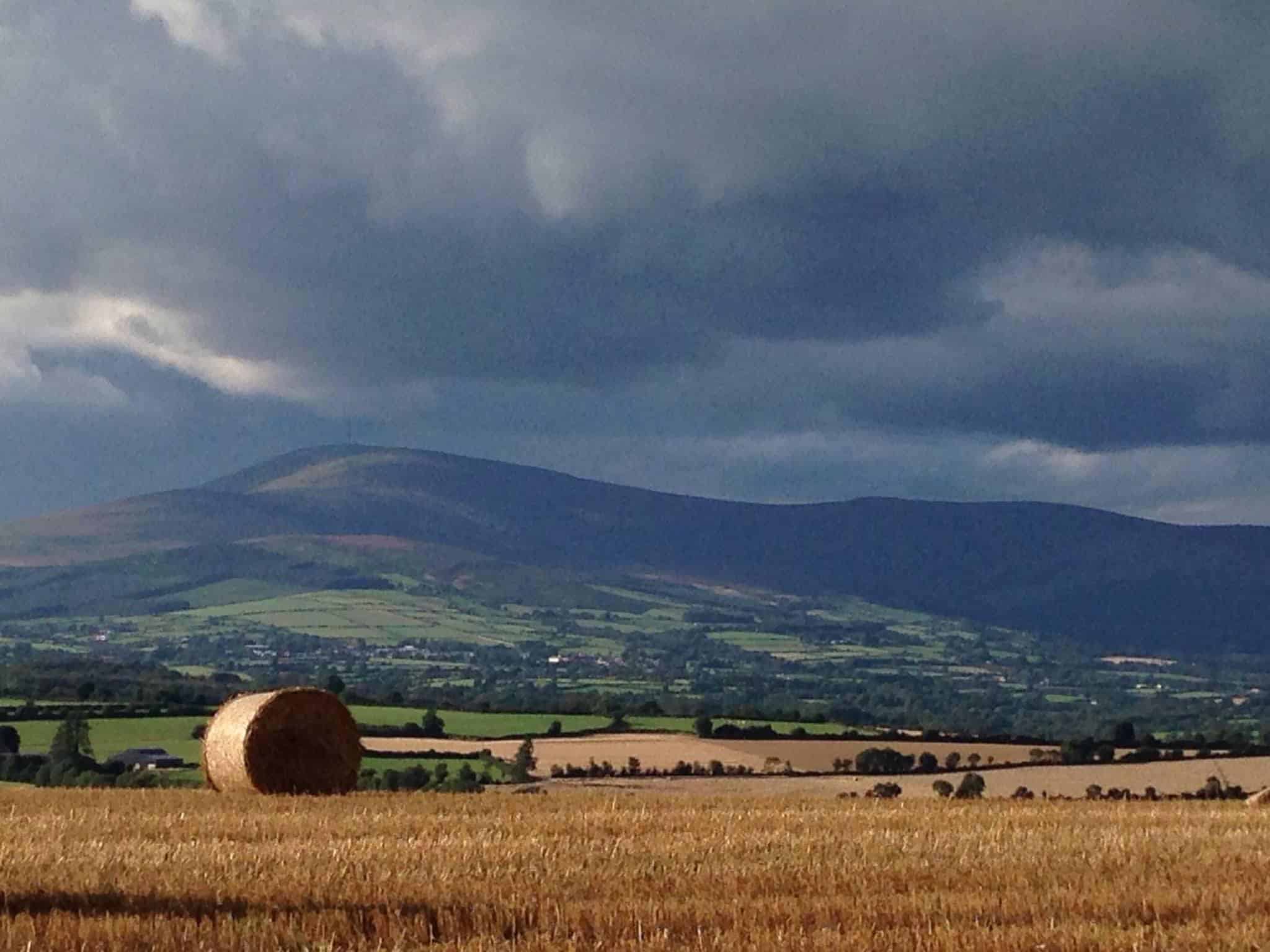
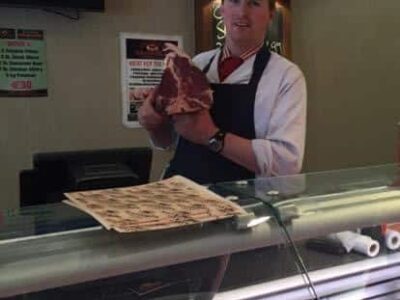

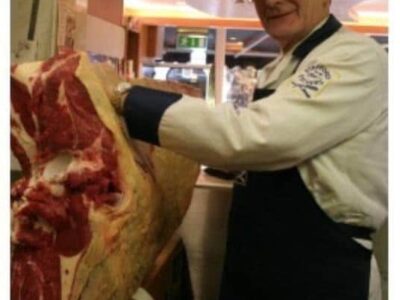
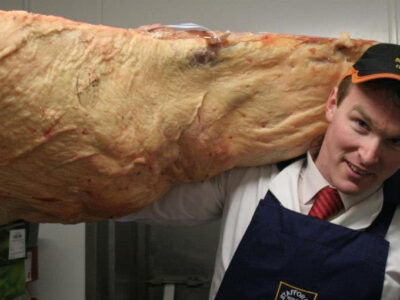



Stafford’s Butchers is family run and owned. We hand-rear our own Angus cattle on our farm in Killanne. Killanne for those people who don’t know, is a slice of heaven situated in the foothills of the Blackstairs Mountains in the County of Wexford.
It is a place where community is important and neighbours are good friends, it has stunning scenery and top quality grass. We may be biased but we have been told that you can taste the difference in our tender beef and steak. Our beef is literally delivered from our gate to your plate.
Stafford’s butchers was founded by Brendan Stafford in 1971. In 1961, aged 16 Brendan started in the butcher business – ‘I started my trade in Moore Street before moving home to Wexford’. Brendan set up his business in Enniscorthy and has always promoted traditional breeds of cattle like Hereford & Angus.
“For good quality beef you need the traditional breeds of cows, the bit of fat on these cattle gives the meat the perfect flavour. We find meat is lacking in flavour in the big continental animals, so we go for the young traditional cattle which have a lot of flavour.”
Brendan’s son Killian is now in control of the business, while Brendan looks after the farming and producing quality beef which we supply to all our customers.
“We pride ourselves on top quality produce, we have always maintained keeping the best quality of meat because if you cut the quality of your meat you’re just the same as everyone else, you need to stand out from the crowd.”
We have always promoted traditional breeds of cattle like Aberdeen Angus. “For good quality beef you need the traditional breeds of cows, the bit of fat on these cattle gives the meat the perfect flavour.” Angus beef develops with better marbling than most cattle. Marbling is the amount of intramuscular fat. Most people agree that marbling improves flavour, tenderness, and keeps meat moist while cooking (especially at high temperatures).
Heifer beef is more tender and it’s a sweeter beef so this is why we only breed heifers. We definitely believe in quality over quantity, we could breed a bigger amount of cattle but we only keep the best.
In most supermarkets they wet age their beef so it don't lose moisture and weight, which means more profit. We use traditional method of dry ageing our beef for 40 days, this gives the beef better flavour and much more tender.
We are a proper Butcher’s, in that we have all the traditional cuts of meat. We have T-Bones, Rib Roast on the Bone, our own Dry Aged Steak, Striploin and we also have some of the more traditional cuts that are making culinary comebacks like Oxtail, Beef Kidneys,
We take great pride in our skill, ask us for advice on how to cook these traditional cuts. In a real butcher’s, meat has meaning.
We stock the best quality Wexford Lamb, we have all the traditional cuts of lamb available in the shop, Racks of Lamb, Shoulder of Lamb, Legs of Lamb. We also have very tasty homemade Lamb burgers and Lamb Meatballs as well.
Thanks to the mild Wexford weather, lamb spends most of the year outside and therefore is primarily fed off grass, making it almost organic.
Lamb is high in essential minerals, proteins and vitamins necessary for good health. It is extremely rich in Vitamin B12 and Vitamin D, very rich in Zinc, high in CLA’s and rich in desirable Omega-3 fatty acids. All in all, lamb is a perfect meal choice for all the family.
Lamb is very versatile – whether you’re preparing a quick midweek meal or a dinner for family or friends, the sweet distinctive flavour of lamb is sure to put a smile on everyone’s face.
Our award–winning pork, bacon and sausage products are all made using superb quality 100% Irish pork. The pork is from pigs selected from our trusted local farmers.
At Stafford’s we home cure our own rashers, they look and taste how rashers should, how they used to taste! Our Home Cured rashers are lower in Salt so are healthier too! We don’t add any extra water, they are home cured in the traditional way by us, using only the best 100% Irish bacon. You really have to taste them!
Another speciality at Stafford’s is our Gold Medal Award Winning sausages. These are made daily on the premises in a range of flavours.
Killian devised a banger with a unique black pepper and red onion flavour that wowed the critics from the Associated Craft Butchers of Ireland.
All our Chicken is locally sourced and we support Bord Bia Quality Assured Farms, where animal welfare is of paramount importance. Our Chickens come form a local supplier Ray Keogh Foods, and we have great value whole birds as well as Free Range birds. Our chicken breasts are full of chicken, not pumped full of saline solution, which means they stay firm and fleshy when cooked, yet remain satisfyingly moist, too. We make our own Chicken Stir-fry from our fresh vegetables delivered daily, and the best quality Chicken breasts.